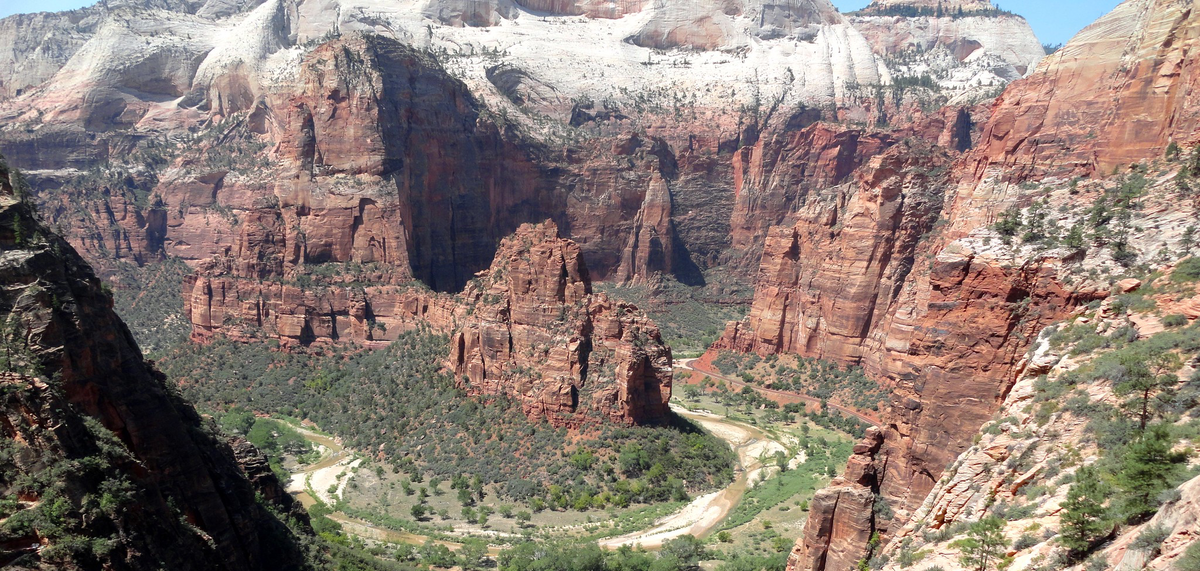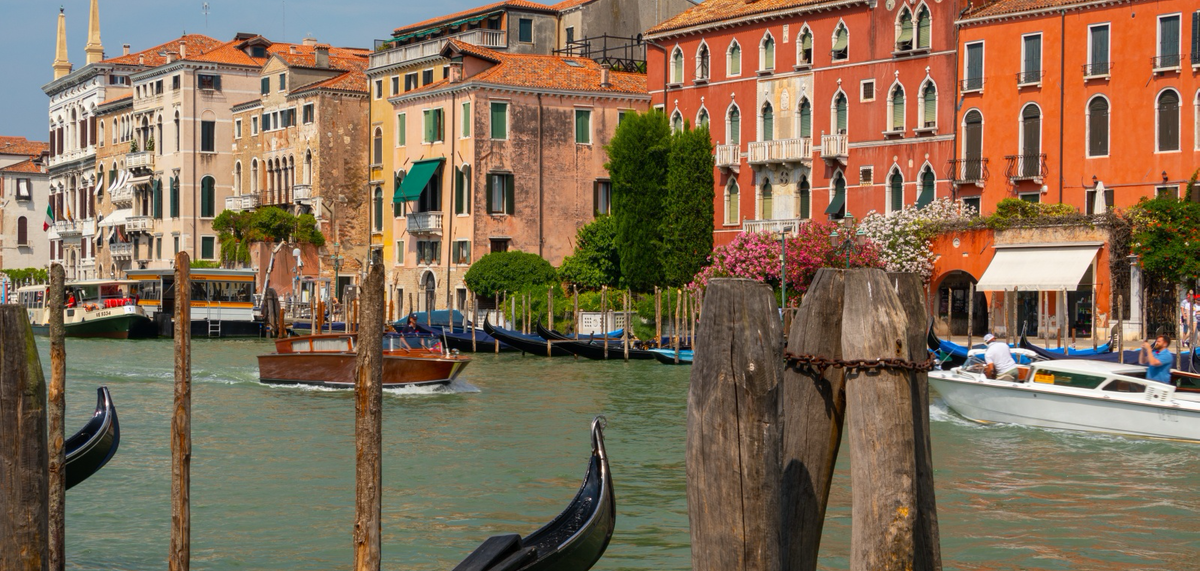The Iron Garden
In 2017 American composer Jerome Sorsek made two trips to the national parks of southern Utah. He was so fascinated with what he saw there that in the six months between his visits he composed this five-movement, 36 minute work. In Jerry’s own words, “The title alludes to erosion and the effect of a garden growing from the surface into the ground rather than from the ground up. The fruit of the garden is the iron oxide infused red rock. It is a piece that celebrates nature.”
The preponderance of iron in the region had me thinking about the origin of the metal there and its presence so near the surface of the planet. What I found really interesting was the widespread evidence of significant erosion of mostly sedimentary rock and the idea that during intermittent periods this region was under water.
I hiked to the East Rim over the powdery red sand permeated with that iconic iron oxide. This combined with outcroppings of scrub vegetation gives one a sense of approaching a shoreline, and at one time this was essentially that.
My trip began and ended in Salt Lake City; and on attending the noon organ recital in the Mormon Tabernacle on the last day and enjoying the acoustics of that hall – live yet warm with all the wood in the construction of it – I first had the idea of composing a work about the week’s experiences and including a prominent organ part in the scoring.
The entire work is built upon four intervals: the perfect fourth, the perfect fifth, the major sixth, and the minor ninth. All the thematic material grows from these intervals, mirroring the elemental unity found in nature. Material is repeated throughout the sequence of movements with modification; thus, the work is cyclic and organic.
“The stillness of that which is vast”, is the title of the first movement. Jerry says, “it is a generalization and not necessarily accurate. The statement is made from the standpoint of one viewing a wide horizon from a high elevation, and doesn’t take into account activity on the ground level.”
The second movement title, “The persistent silence of presences formed throughout time”, the compoer says “is an overstatement of the obvious. These “presences” are hoodoos, rock formations that of course will be silent even though they suggest a human form.”
“The rumor of life from that which is inanimate”, the third movement, mainly refers to massive rock walls in Arches National Park and the temptation to imagine that they might be ruins of buildings. But constructed by whom? No, they are simply more manifestations of the effects of erosion.
The fourth movement title is the least mysterious of the five. “The appearance of small entities within immense places” is about wildlife denizens of the area: antelope, bighorn sheep, mule deer, ravens, rabbits. Yet, there is a brand of stillness about them in their habitat that possibly lends credibility to that first movement statement after all.
Finally, the fifth movement, “The exultation of that which is purely physical”, reverses the effects on the emotions of humans when they ponder nature and sense something as vast as these expanses of land. It is all simply nature. The grandiose character of the music masks irony, yet exults existence itself and the ultimate end of everything. This leads back to erosion, the principle force at work here.
Jerry Sorcsek’s The Iron Garden is 36 minutes long and for Level 5 Medium Advanced bands. The standard concert band instrumentation is augmented by 3 extra trumpet parts, three extra trombone parts, and of course the organ. Score and parts of The Iron Garden and some of Jerry’s other works for band, including the first Symphony, are available from Maxime’s Music at maximesmusic.com. You can find the transcript of all the episodes of this podcast at bestbandmusic.com and we are on Facebook, Twitter, LinkedIn, Instagram and you can hear full-length uninterrupted recordings on YouTube. Thanks for listening. I hope you’ll tune in next time for more of the Best Band Music You’ve Never Heard.




